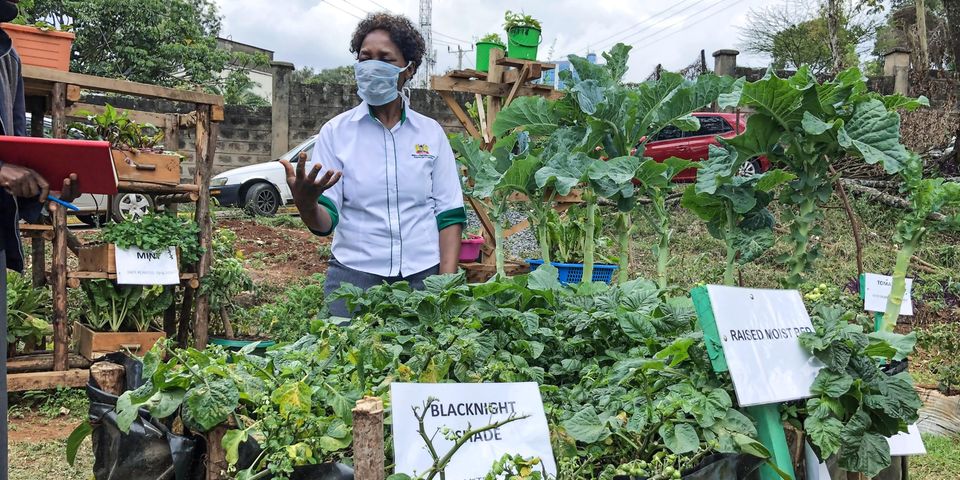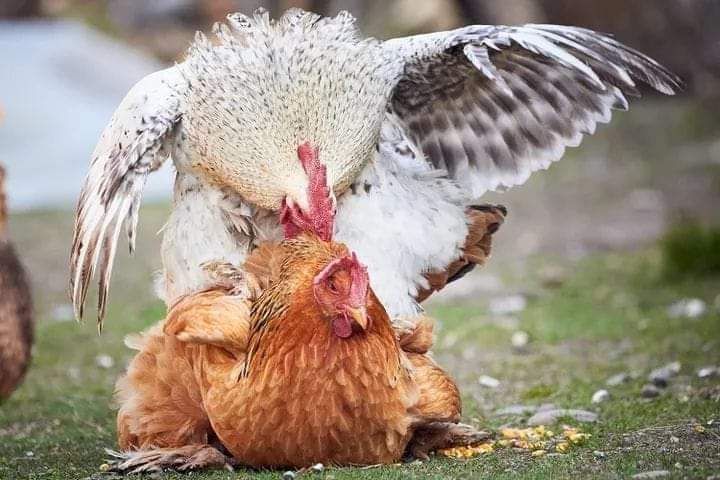REASONS AS TO WHY YOU SHOULD PRUNE YOUR PLANTS
Helps in promoting healthy growth
Pruning is vital for promoting healthy growth in plants. By removing dead, diseased, or damaged branches, you prevent the spread of disease and decay, allowing the plant to direct its energy towards healthy parts. This practice also improves air circulation within the canopy, reducing the likelihood of fungal infections and promoting overall plant vitality. Healthier plants are more robust and resilient, contributing to a thriving garden.
Enhances the appearance of the plants
Pruning significantly enhances the appearance of plants. It allows you to shape the plant to a desired form, making it more aesthetically pleasing. This is particularly
important for ornamental plants and landscape design, where symmetry and form contribute to visual appeal. Additionally, removing leggy, overgrown, or unsightly branches improves the plants structure and appearance, making your garden look well-maintained and attractive.
Encourages flowering and fruit production
Regular pruning encourages flowering and fruit production in plants. By stimulating the growth of new shoots and flower buds, pruning leads to more prolific blooming in flowering plants. In fruit-bearing plants, it helps thin out excess branches, allowing better light penetration and energy allocation to developing fruits. This results in larger, healthier fruits and an overall increase in
yield, enhancing the productivity and beauty of your garden.
Helps control plant size and growth
Pruning is essential for controlling the size and growth of plants. It helps manage the plants size, preventing it from outgrowing its allocated space and encroaching on other plants. This practice also reduces overcrowding, ensuring that each plant has enough space and resources to thrive. By maintaining an appropriate size and shape, you can keep your garden orderly and prevent plants from becoming unruly or invasive.
Improves sunlight penetration
Pruning improves sunlight penetration to all parts of the plant. By opening up the canopy, you enhance light distribution, ensuring that the inner and lower parts of the plant receive sufficient sunlight. This practice reduces the stress caused by excessive shading, promoting healthier and more uniform growth throughout the plant. Adequate sunlight is essential for photosynthesis, leading to more vigorous and productive plants.
Encourages growth
Pruning stimulates new growth in plants, leading to a more robust and vibrant garden. By cutting back old or weak branches, you encourage the development of new shoots and foliage. This is particularly beneficial for older plants, as pruning can rejuvenate them, making them appear younger and more energetic. Encouraging new growth also improves the overall health and vitality of the plant, contributing to a flourishing garden environment.
Enhances root development
Pruning enhances root development by reducing the plants energy expenditure on maintaining excessive or unwanted branches. This allows the plant to redirect its resources towards developing a stronger, more extensive root system. Healthy roots are crucial for nutrient and water absorption, anchoring the plant securely in the soil, and improving its overall resilience against environmental stressors.
Helps prevent pests
Pruning helps prevent pest infestations by removing potential habitats and breeding grounds for pests. Dead or decaying branches can harbor insects and other pests that might spread to healthier parts of the plant or to other plants in your garden. Regular pruning keeps the plant clean and less attractive to pests, reducing the likelihood of infestations and the need for chemical interventions.
Facilitates harvesting
For fruit-bearing plants, pruning facilitates easier harvesting by reducing the density of branches and making fruits more accessible. This is especially important for larger plants and trees where reaching the fruit can be challenging. Pruning also ensures that fruits develop in well-lit areas, improving their quality and making the harvest more efficient and less labor-intensive.





